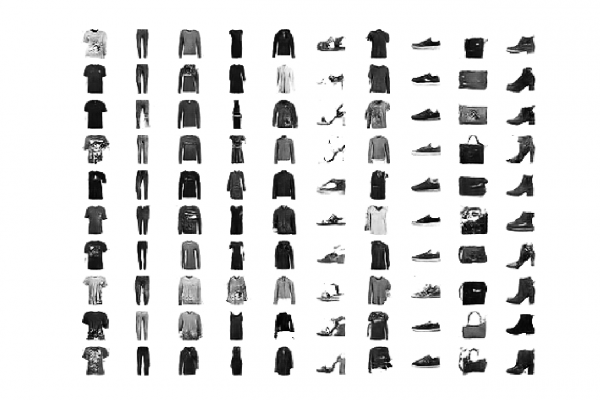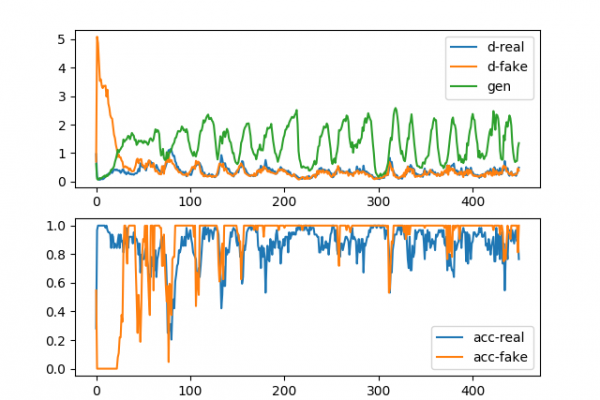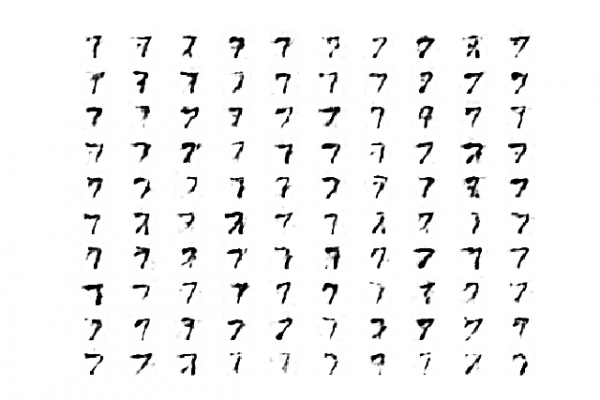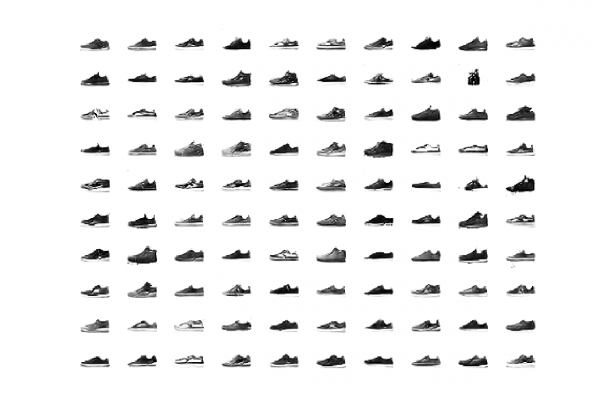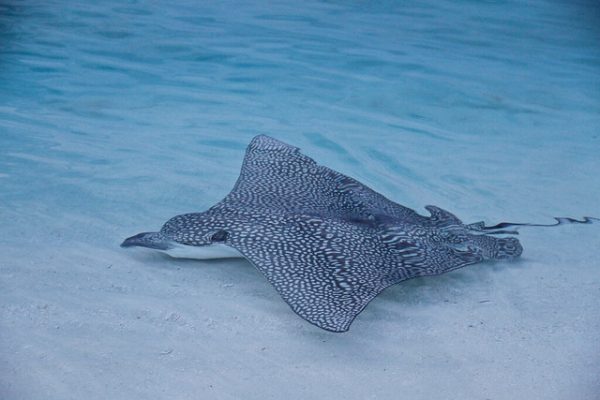How to Develop a Conditional GAN (cGAN) From Scratch
Last Updated on September 1, 2020 Generative Adversarial Networks, or GANs, are an architecture for training generative models, such as deep convolutional neural networks for generating images. Although GAN models are capable of generating new random plausible examples for a given dataset, there is no way to control the types of images that are generated other than trying to figure out the complex relationship between the latent space input to the generator and the generated images. The conditional generative adversarial […]
Read more